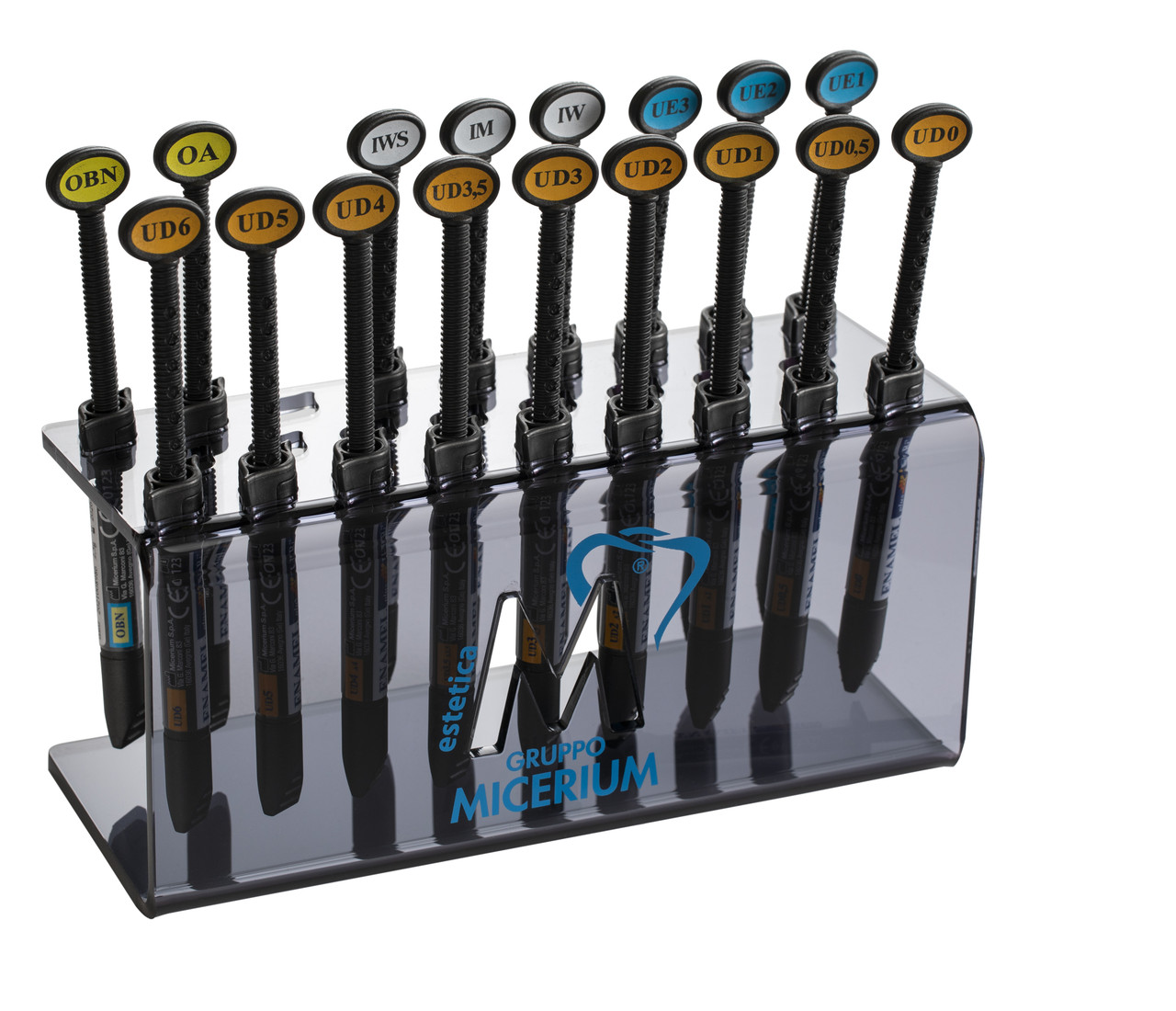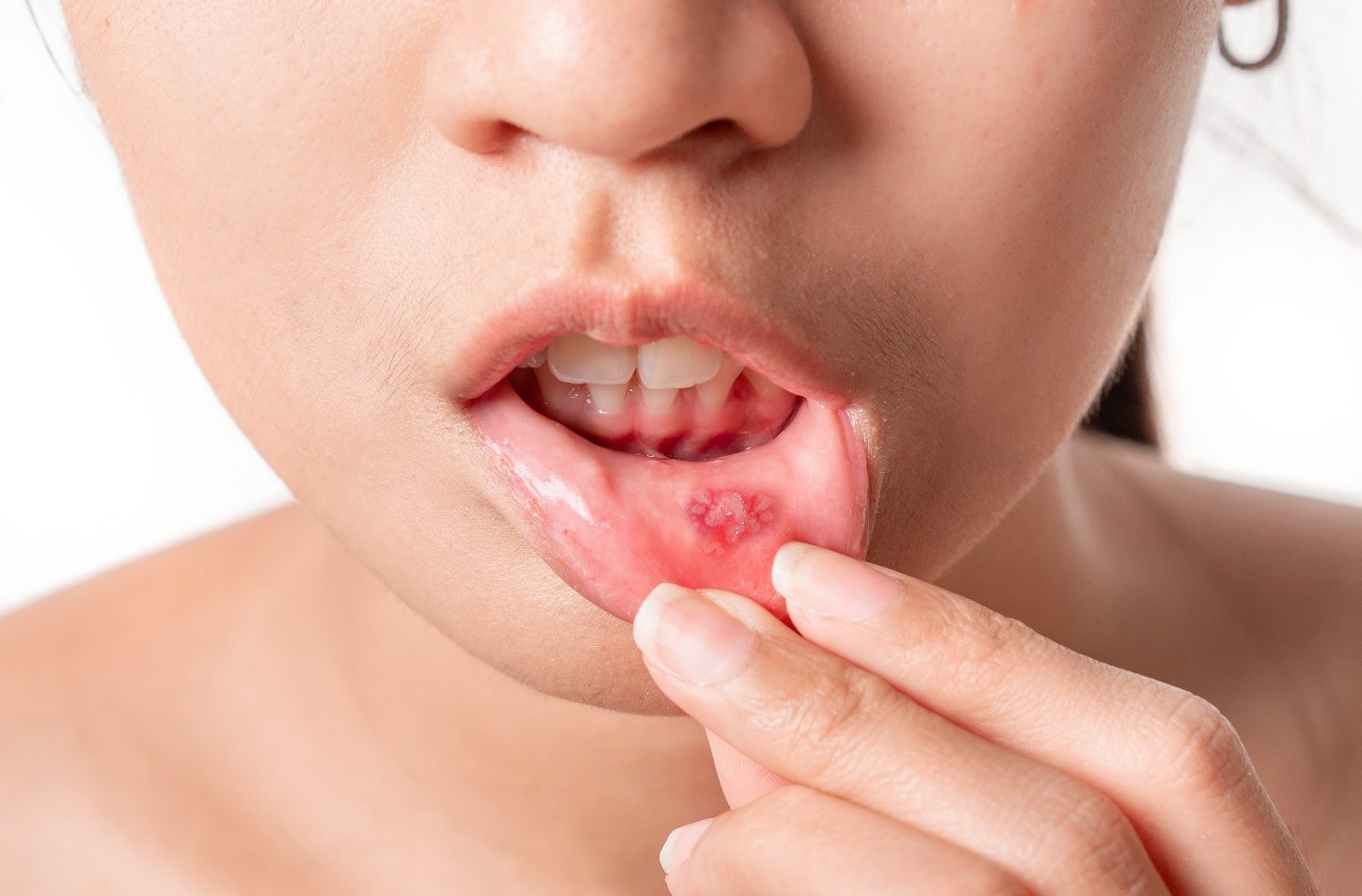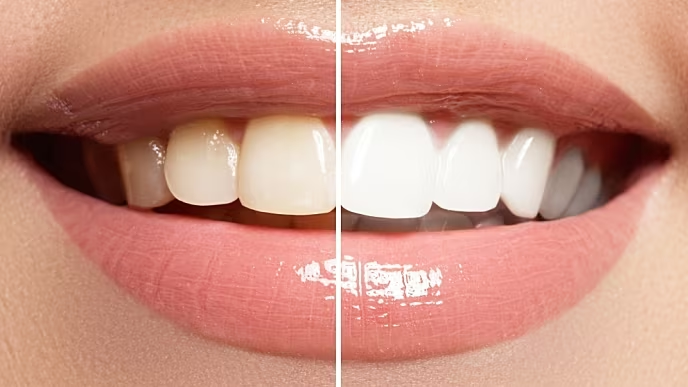Dental filling materials
06.08.2024Filling Materials
Filling materials are divided into four groups:
1. Materials for direct fillings
2. Materials for indirect fillings
3. Sealants
4. Materials for root canal fillings
In this article, we will discuss the first group and aim to provide simple information and interesting facts about filling materials.
What is a filling?
Or, in patient terms, the so-called “plomb”?
In general, the purpose of filling is to hermetically seal the internal structures of the tooth and isolate them from the environment, as well as restore the shape, function, and color of the tooth.
Direct filling materials are divided into three groups:
1. Temporary fillings
2. Permanent fillings
3. Base materials
Temporary filling materials are used when it is not possible to treat the tooth in one visit. They are used for short-term hermetic closure of defects in the hard tissue of the tooth or for filling purposes. Nowadays, temporary filling materials are mainly made of polymer material that hardens with light, or dentin-paste, which hardens upon interaction with water at body temperature in 2-3 hours.
The purpose of permanent filling materials is to maximally restore and maintain the shape and function of the tooth over a long period. Permanent filling materials are divided into three groups:
1. Cements
2. Metals
3. Polymer filling materials
Dental cements are used to protect the pulp, for temporary or permanent fillings, and for cementing indirect constructions.
Metal filling materials include amalgam. Amalgam is an alloy of one or more metals with mercury. The first records of its use date back to the 1800s. Its popularity worldwide is due to its ease of use and low cost. However, amalgam fillings are quite unaesthetic and easily visible in the oral cavity. More importantly, they contain mercury, which is toxic to the body.
Polymers are substances composed of long chains of repeating units (monomers) connected by covalent bonds. Primarily, composite filling materials are used. Composites are divided into two groups:
1. Chemically activated composites
2. Light-cured composites
Chemically activated composites are presented in systems of paste-paste or powder-paste. Their hardening occurs upon mixing. The advantage of chemical fillings is their low cost. The disadvantage is the limited color range. Also, the hardening happens quite quickly after mixing, so the material must be placed in the oral cavity promptly.
Light-cured composites are one-component pastes that are factory-made and packaged. The curing of heliocomposites occurs with visible blue light at a wavelength of 450-550 nm.
Advantages of light-cured composites over chemically cured ones:
1. One-component system
2. High strength
3. Convenience of work, no rush
4. Color stability
5. High aesthetic quality, accurate color matching
6. Availability in various colors and degrees of transparency
As for base materials, their main purpose is to create an intermediate layer between the primary filling material and the tooth dentin (pulp). Base materials are divided into two groups:
1. Therapeutic bases
2. Insulating bases
Therapeutic bases perform therapeutic and protective functions, primarily for the living pulp of the tooth. They contain active substances and exert antimicrobial, anti-inflammatory, and stimulating effects on the pulp tissues.
Insulating bases are used to protect the pulp from thermal and chemical factors, as well as to separate incompatible materials.












